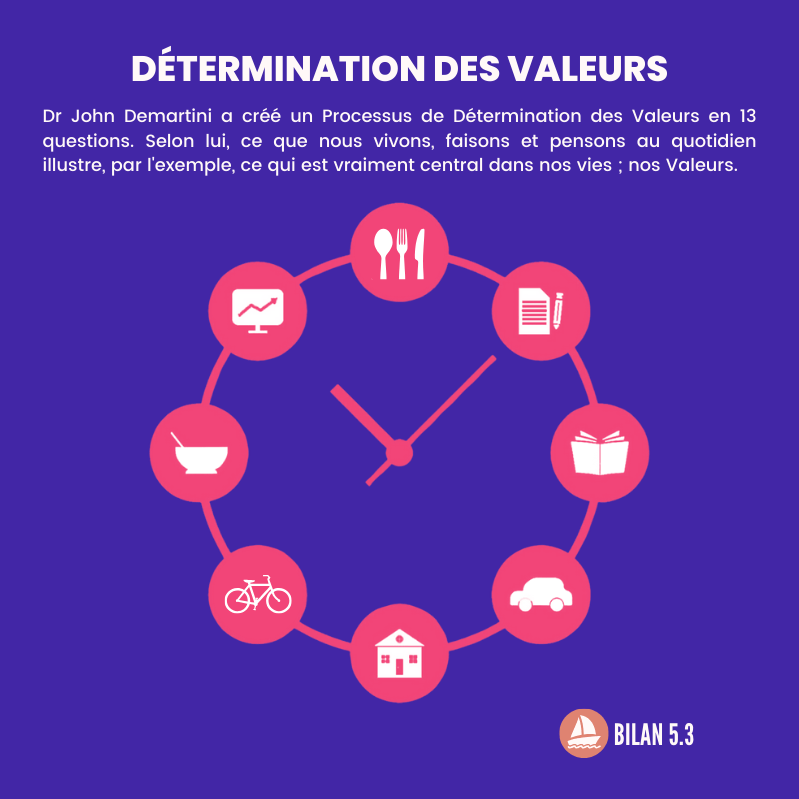
Incontinence, overactive bladder and prolapse
In the Netherlands, one in four women aged 35 and older suffers from bladder or prolapse complaints. More than a million women are affected, but only a quarter of them seek help. Plus Health asked Huub van der Vaart, professor of urogynaecology, five questions about bladder and prolapse complaints.
1. Bladder and prolapse complaints, what should you think about?
“The main complaint is urine leakage:more than one in four women suffer from this. At least 600,000 women use incontinence pads. The costs for incontinence material in the Netherlands are approximately 180 million euros annually.
A second problem – which is less well known – is the irritable bladder, also known as overactive bladder. Women who suffer from this have to go to the toilet very often, often ten to fifteen times a day. The biggest problem with this is that you can’t postpone your urge to urinate either.
Prolapse complaints occur in about 30 percent of women over the age of 40. In these women, the uterus, bladder or rectum protrude through the vagina.”
2. How can you recognize these complaints?
“Urine loss with exertion or laughing, sneezing and coughing is of course a clear complaint. The same applies to having to go to the toilet often. The complaints with a prolapse can be more general.
A characteristic complaint of a prolapse is the feeling that you are constantly sitting on a bump or ball. In addition, you experience a lot of pressure in the abdomen during physical exertion.
Fatigue, pain in the lower back, problems with defecation, difficulty urinating properly and problems with sex also occur. The latter problems can be caused by the prolapse itself, but in many women the prolapse also affects the self-image. What is striking about the prolapse symptoms is that they get worse during the day or after exercise.”
3. What causes these complaints?
“Predisposition plays an important role, but having children is also an important cause. We know that women who have had children through the vagina have a two to three times higher risk of these kinds of problems.
Age also has an influence. With age, the quality of connective tissue decreases. Women often suffer damage to the pelvic floor during childbirth. That goes well for years, but if age also starts to count, the connective tissue keeps the organs in place less well.
About the role of the transition the scientists still disagree. Urinary incontinence seems to be a continuous process. The transition can give this a small acceleration, but that is not very clear. In the case of subsidence, the influence is probably slightly greater; it seems that after the menopause the prolapse symptoms increase more quickly. However, there is little research that has clearly established this.
The link between menopause and chronic bladder infections has been proven. After the menopause, women are more likely to have recurrent cystitis, a bladder problem that is common in old age.”
4. What can you do yourself against bladder and prolapse symptoms?
“I would like to say: dare about it to talk. At least 60 percent of women who use incontinence pads or who have a significant prolapse are ashamed of the problem. It is very important that the problem is discussed. For example, with the doctor.
That way, the women would also know that incontinence pads are a last resort. It is used way too much as a treatment. There are very good treatments for women with stress incontinence – loss of urine during sports, laughing, sneezing or coughing – but also for women with urge incontinence. And those women really don’t have to spend the rest of their lives with incontinence pads.”
More information about the treatment of bladder and prolapse complaints can be found here.
5. You are a professor of urogynaecology. What does this field entail?
“Urogynaecology is all about pelvic floor problems. If you look at this from front to back, you have the bladder at the front. Common problems are incontinence, recurrent cystitis and the irritable bladder. In the middle is the vagina, with problems such as prolapse of the bladder, uterus and rectum At the back you will find the rectum and anus Problems with this are difficult bowel movements, flatulence and faecal incontinence.
All these complaints are common and fall within the field of urogynaecology. We often work together with the surgeon (back) and urologist (front), but also with the sexologist, the (pelvic) physiotherapist and gastrointestinal liver doctor.”
Professor Dr. Huub van der Vaart is co-founder and medical director of the Women’s Care division of Bergman Clinics, formerly Alant Vrouw. They have two locations in Amsterdam and Bilthoven, where they provide multidisciplinary care for women with pelvic floor problems. There is close collaboration with the University Medical Centers in Amsterdam and Utrecht. He is also head of the department of reproductive medicine & gynaecology at UMC Utrecht. In February 2012, he was appointed professor of Urogynaecology by Utrecht University.
















